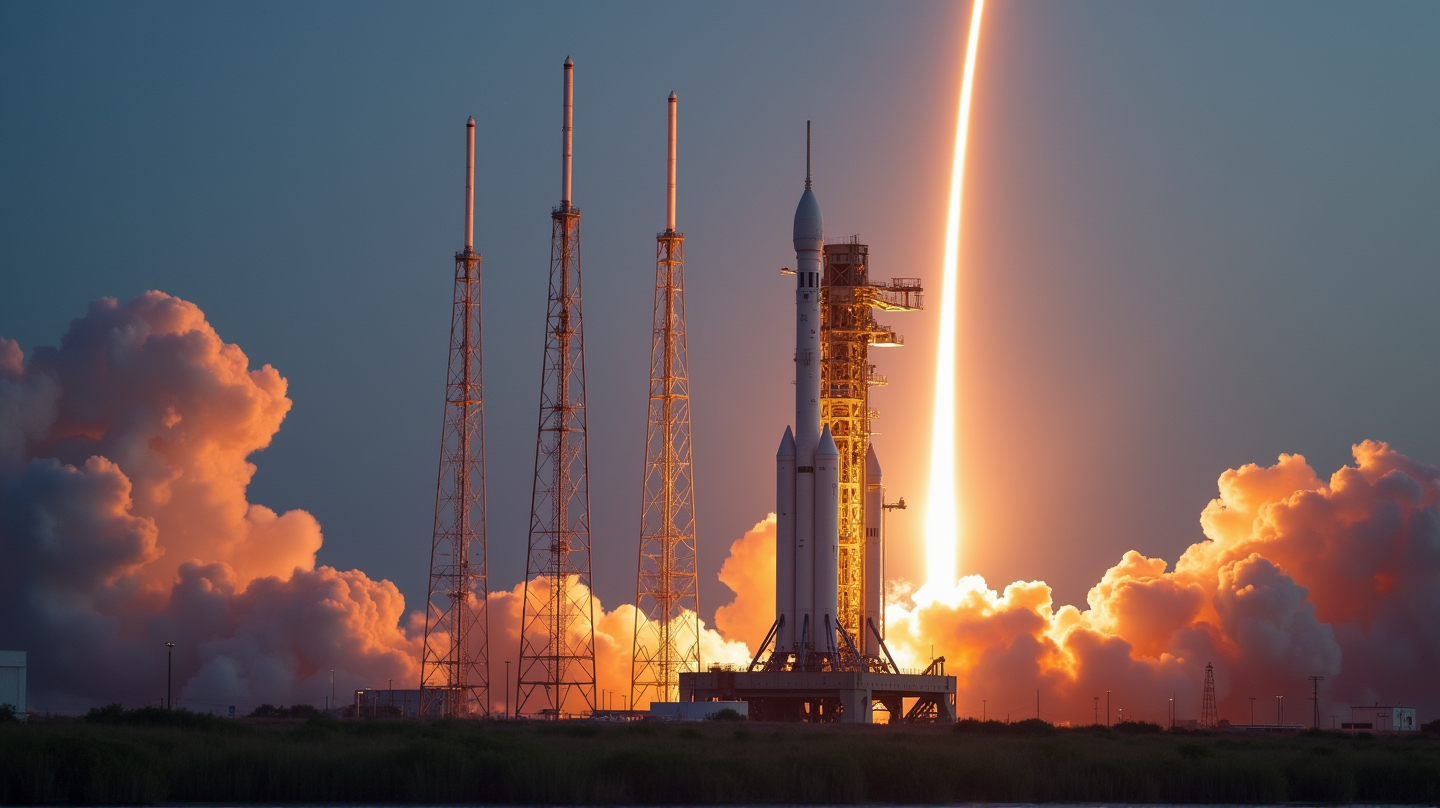The Dawn of a New Era: ULA's Vulcan Rockets Take Charge in National Security
United Launch Alliance gears up for its groundbreaking national security missions with the Vulcan rocket, heralding a pivotal shift in space endeavors.

United Launch Alliance (ULA) is standing at the cusp of a significant transformation as it preps for its highly anticipated national security launch with the USSF-106 mission. This mission marks Vulcan’s debut in the National Security Space Launch (NSSL) program, joining the ranks of SpaceX’s Falcon as powerful contenders in the domain of national security payloads. This leap forward comes after meticulous investigation and correction of a manufacturing anomaly that previously challenged the Vulcan’s capabilities.
The recent certification of Vulcan is a testament to ULA’s commitment to overcoming setbacks and revolutionizing rocket launches with its modularity and power.
Overcoming the Odds
In October 2024, a major setback occurred during Vulcan’s second mission when a nozzle from one of the GEM-63XL SRBs detached, requiring a swift and significant response to maintain ascent. ULA, in collaboration with Northrop Grumman, isolated the root cause, marking a pivotal moment that elucidated the company’s resilience and adaptability.
The Power of Innovation
With its certification secured, ULA is now preparing for the USSF-106 mission, utilizing the impressive VC4S configuration equipped with powerful engines and boosters. Crafted with precision, the Vulcan rockets stand ready to bridge the gap between traditional and innovative space travel methodologies.
The Centaur V upper stage, laden with cutting-edge technology and next-generation propulsion capability, including the use of liquid oxygen and liquid methane, elevates Vulcan beyond conventional bounds. This alignment with contemporary aerospace trends exceeds mere participation, propelling ULA to the forefront of the aerospace industry.
Bold Steps Forward
Scheduled to launch from Cape Canaveral’s SLC-41, the USSF-106 mission is more than routine; it’s symbolic of a strategic shift in approach. The mission will launch its payload directly into geosynchronous orbit, maximizing operational capabilities and extending satellite lifetimes.
The classified elements of USSF-106 highlight its strategic importance, with the NTS-3 satellite promising advancements in navigation technology with its cutting-edge programmable signal generator.
Upcoming Horizons
In addition to the USSF-106, ULA aims for more groundbreaking missions. They plan for USSF-87 and the ambitious KV-01 Project Kuiper mission, both utilizing varying configurations of the Vulcan rocket, ensuring ULA remains a formidable presence in space exploration.
The landscape of space is rapidly evolving, and ULA’s Vulcan rockets are forging the path ahead, showcasing a harmonious blend of tradition and groundbreaking innovation.
As stated in NASASpaceFlight.com -, ULA is not merely keeping pace; it is setting new standards, ensuring that every mission contributes toward a sustainable, secure, and innovative future in space exploration.

